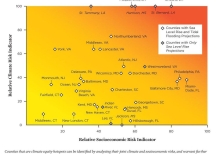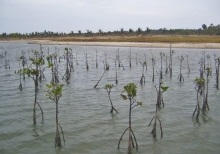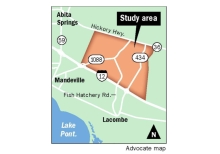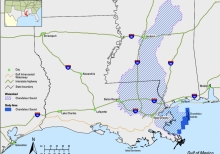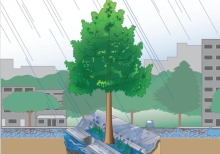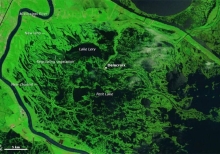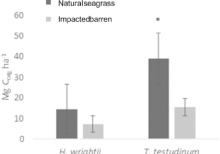The Arctic Oceans As A Dead End For Floating Plastics In The North Atlantic Branch Of The Thermohaline Circulation
The subtropical ocean gyres are recognized as great marine accumulation zones of floating plastic debris; however, the possibility of plastic accumulation at polar latitudes has been overlooked because of the lack of nearby pollution sources. In the present study, the Arctic Ocean was extensively sampled for floating plastic debris from the Tara Oceans circumpolar expedition.

